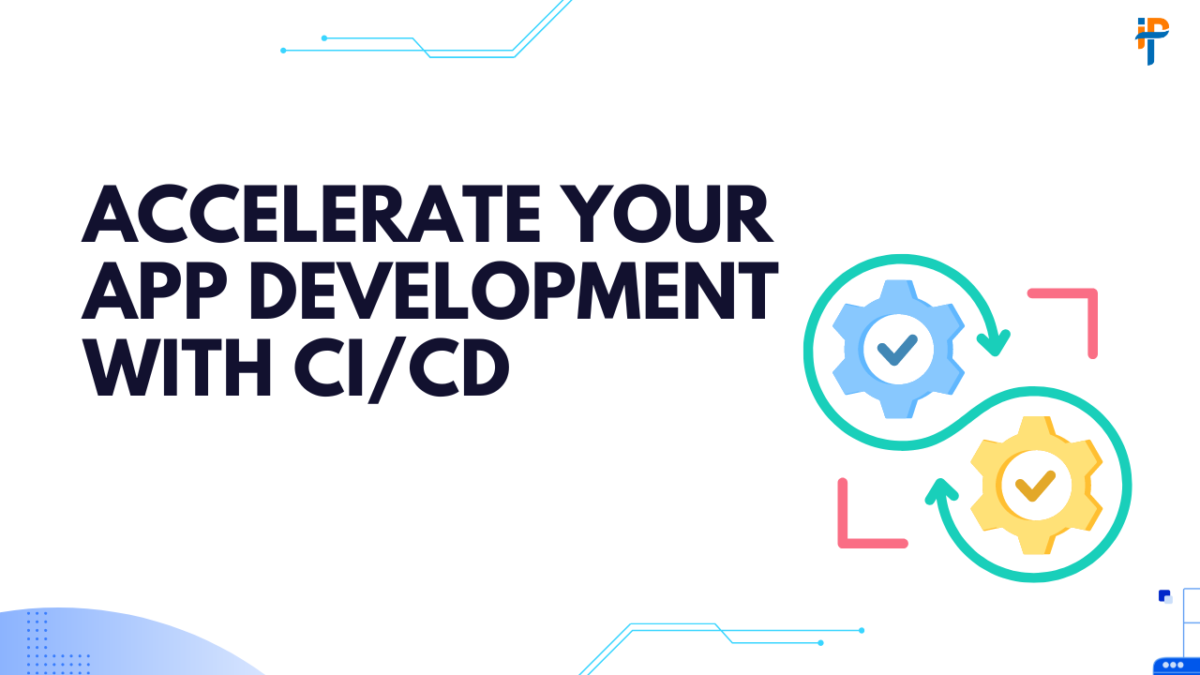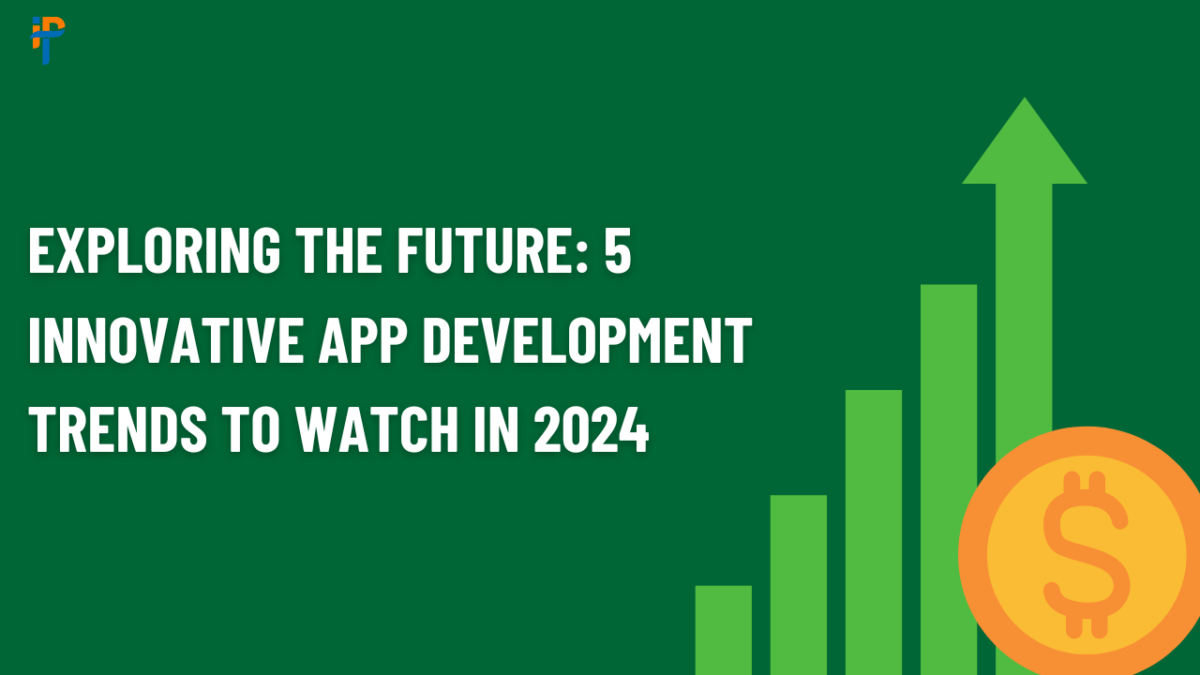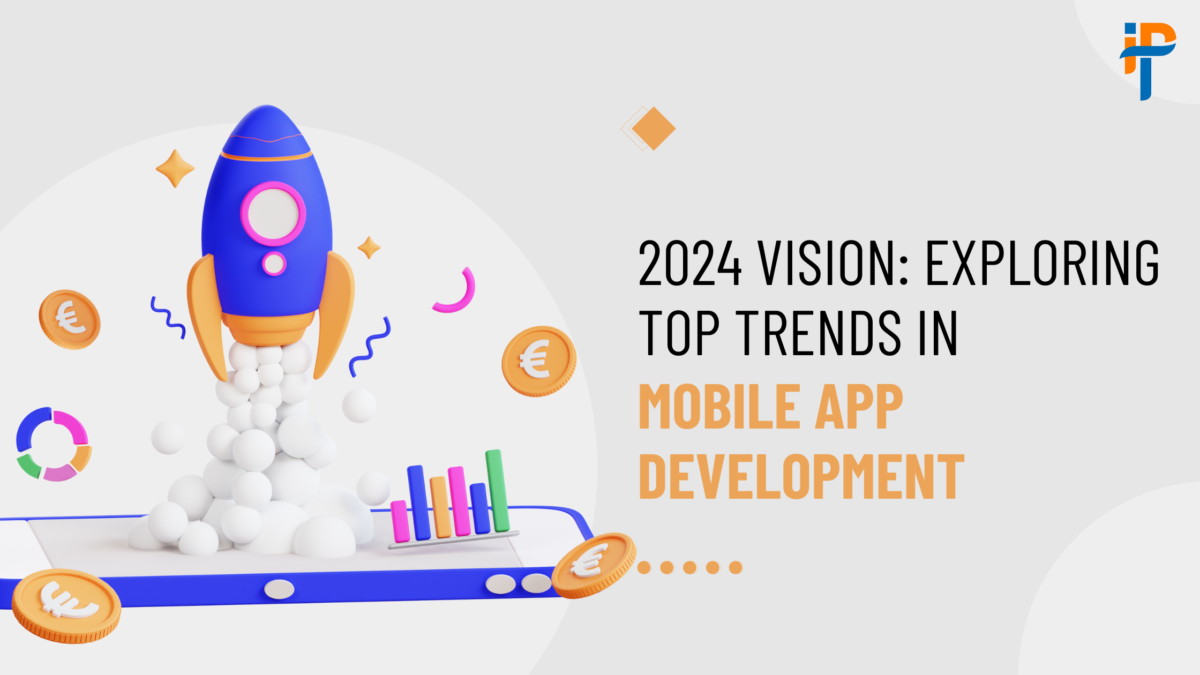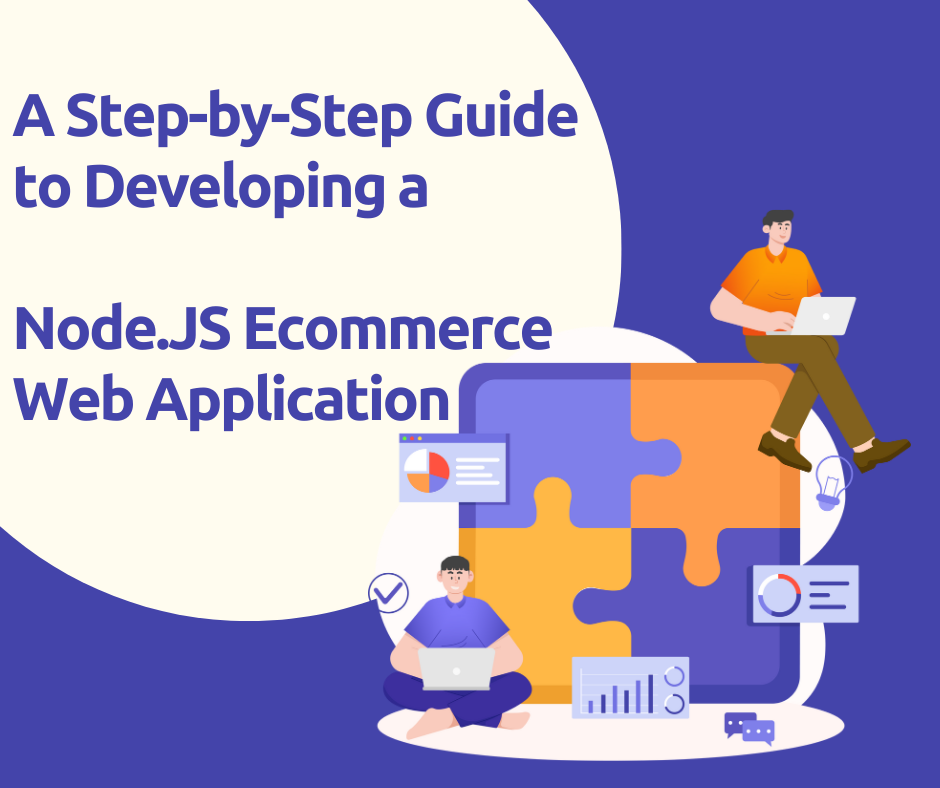In the dynamic world of app development, efficiency and reliability are paramount. Continuous Integration and Deployment (CI/CD) practices have emerged as indispensable tools for streamlining the development, testing, and deployment of mobile applications. Whether you’re delving into iOS app development, exploring Flutter’s versatile framework, or aiming to offer Mac app development services, implementing CI/CD can revolutionize your workflow.
What is CI/CD?
Continuous Integration (CI) involves automatically testing code changes as they are integrated into a shared repository. This ensures that new code is consistently validated against existing code, catching bugs early and maintaining code quality. Meanwhile, Continuous Deployment (CD) focuses on automating the deployment process so that validated changes can be swiftly and reliably pushed to production.
Benefits of CI/CD for Mobile App Development
- Reduced Time to Market: CI/CD pipelines automate the build, test, and deployment phases, enabling rapid iteration and quicker release cycles. This agility is particularly advantageous in competitive markets like iOS app development.
- Enhanced Quality Assurance: Automated testing integrated into CI/CD pipelines helps identify bugs and issues early in the development process, ensuring a more stable and reliable final product.
- Consistent Deployment: With CD, you can automate the deployment process for iOS, Flutter, or Mac apps, ensuring that each update is deployed in a consistent and repeatable manner.
- Improved Collaboration: CI/CD encourages a collaborative development environment by providing visibility into changes made by different team members and enabling quick feedback loops.
CI/CD Tools for Mobile App Development
For those venturing into iOS, Flutter, or Mac app development services, choosing the right CI/CD tools can make a significant impact on productivity and project success:
- GitHub Actions: Integrates seamlessly with GitHub repositories to automate workflows, including building, testing, and deploying iOS apps.
- Jenkins: A widely-used automation server that can be configured to create custom CI/CD pipelines for various mobile app development frameworks.
- Fastlane: Especially useful for iOS developers, Fastlane automates tasks like building, testing, and releasing iOS apps, streamlining the release process.
- Bitrise: Designed specifically for mobile app development, Bitrise provides a range of pre-configured workflows and integrations for iOS, Flutter, and other mobile platforms.
Getting Started with CI/CD
Implementing CI/CD for your app development projects doesn’t have to be daunting. Start by defining your workflow and selecting appropriate tools based on your platform and development requirements. Gradually introduce automation into your processes, beginning with basic builds and tests, and gradually expanding to more complex deployment pipelines.
Conclusion
In the realm of iOS app development, Flutter app development, or Mac app development services, embracing CI/CD methodologies can transform your development workflow. By automating repetitive tasks, ensuring code quality, and expediting deployment cycles, CI/CD empowers developers to focus on innovation and deliver exceptional mobile experiences to users. Embrace the future of app development with CI/CD, and unlock new possibilities for your projects.








